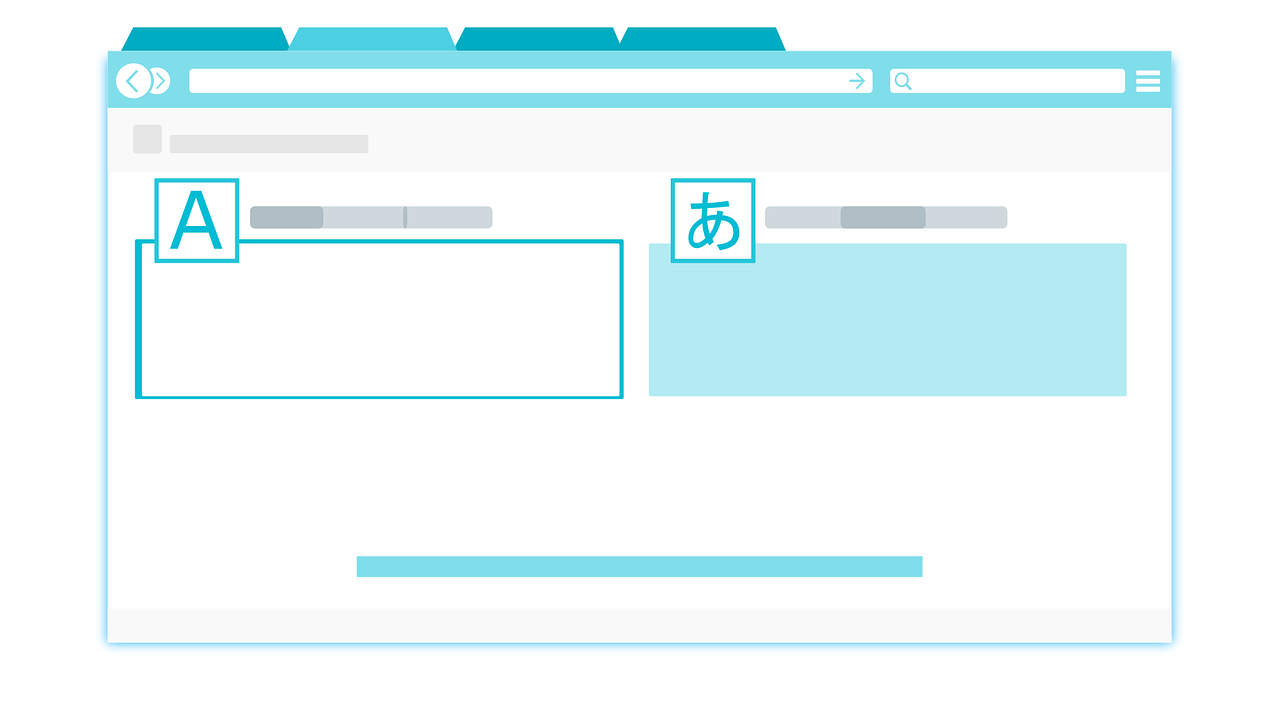Estimated reading time: 4 minutes
With globalization and the increasing need for multilingual communication, the demand for professional translation services has soared. If you possess strong language skills and business acumen, starting a translation agency can be a rewarding venture. This article will provide a step-by-step guide on how to establish your own translation agency and position it for success in the competitive language services industry.
Step 1: Conduct Market Research
Before diving into the translation business, conduct thorough market research to understand the demand for translation services in your target market. Identify potential clients, competitors, and their pricing models. Determine the languages in demand and specific industries or niches you might want to specialize in.
Step 2: Define Your Translation Services
Decide on the types of translation services you want to offer. These may include document translation, website localization, audio/video transcription, software localization, or interpretation services. Identifying your specialization will help you attract clients and differentiate your agency from competitors.
Step 3: Build a Team of Professional Translators
Assemble a team of skilled and experienced translators proficient in the languages and subject areas you plan to offer. Recruit translators with specialized knowledge in technical, legal, medical, or other industry-specific domains to meet client needs accurately. Conduct thorough evaluations of their language skills and cultural knowledge before hiring them.
Step 4: Establish the Pricing Structure
Develop a pricing structure that is competitive and profitable. Factors to consider include the complexity of the project, word count, language pair, turnaround time, and specialization required. Determine whether you will charge per word, per hour, or per project and set rates accordingly. It’s crucial to strike a balance between affordability for clients and ensuring fair compensation for your translators.
Step 5: Create a Business Plan
Draft a comprehensive business plan that outlines your agency’s mission, target market, services, pricing, marketing strategies, and financial projections. This document will guide you through the initial stages of setting up your agency and help attract investors or secure financing if needed.
Step 6: Set Up Operations and Infrastructure
Establish the infrastructure required to run your translation agency efficiently. This includes setting up a physical office space or creating a virtual workspace with the necessary equipment and software. Invest in computer-assisted translation (CAT) tools and project management software to streamline workflow and improve productivity.
Step 7: Develop a Strong Online Presence
In today’s digital age, having a strong online presence is crucial for any business. Create a professional website that showcases your services, expertise, and testimonials from satisfied clients. Optimize your website for search engines to increase visibility. Utilize social media platforms and professional networks to engage with potential clients and build brand awareness.
Step 8: Marketing and Client Acquisition
Develop a targeted marketing strategy to attract clients. Network with local businesses, attend industry events and join professional associations to build relationships and gain exposure. Offer discounts or promotional packages to entice new clients. Build a strong referral network by delivering high-quality translations and exceptional customer service.
Step 9: Establish Quality Assurance Processes
Ensure that your agency maintains high-quality standards. Implement a robust quality assurance process that includes proofreading, editing, and review by experienced linguists. Invest in tools like translation memory and terminology management systems to ensure consistency and accuracy across projects.
Step 10: Provide Excellent Customer Service
Deliver exceptional customer service to foster client loyalty and attract repeat business. Communicate promptly and effectively with clients, address their concerns, and strive for client satisfaction. Building solid relationships with clients can lead to referrals and long-term partnerships.
Starting a translation agency requires a combination of language skills, industry knowledge, and business acumen. By following the steps outlined in this guide, you can establish a successful translation agency that meets the needs of clients in an increasingly globalized world. Remember to adapt to evolving industry trends, continually invest in professional development, and focus on providing high-quality translations and exceptional customer service to achieve long-term success.
For the latest tech news and reviews, follow Rohit Auddy on Twitter, Facebook, and Google News.




